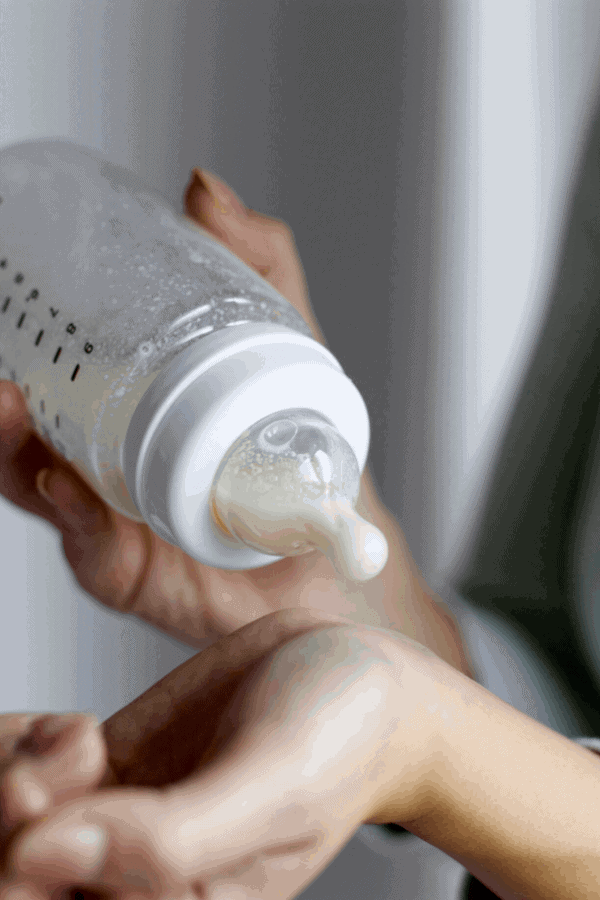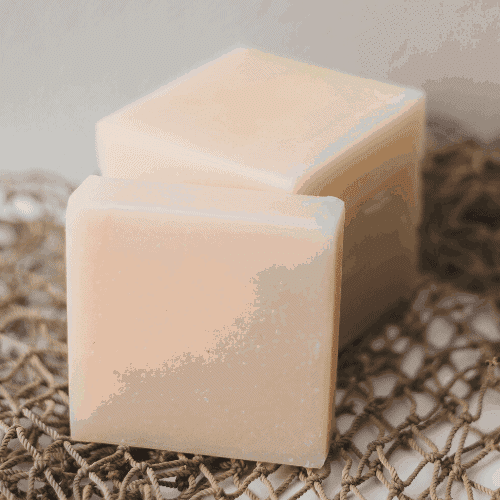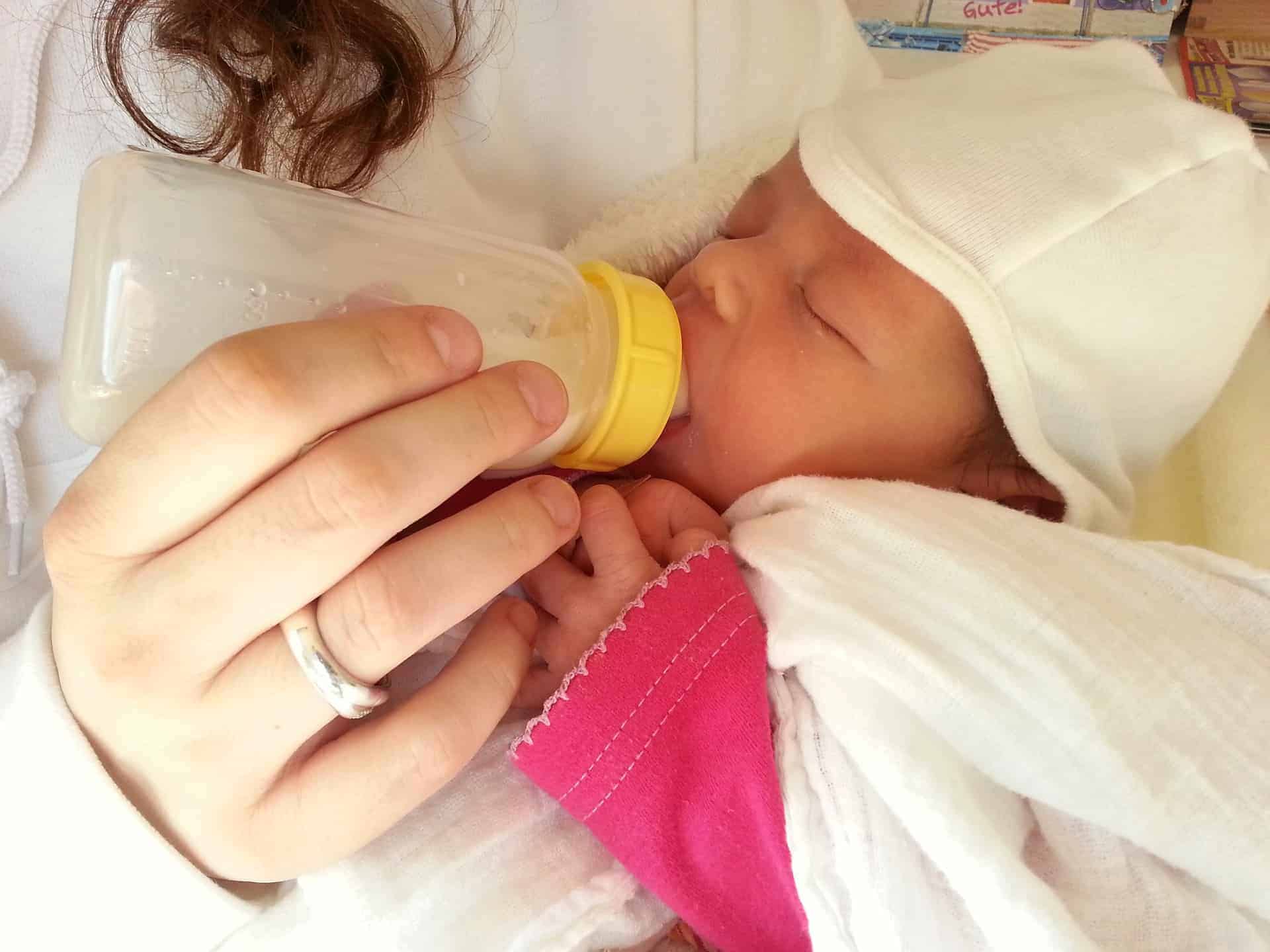There are a number of ways in which you can induce lactation; seeing a lactation consultant who can prescribe lactation medications, massaging the breasts and using an electric breast pump, using an SNS, taking herbs and eating lactogenic foods, and arming yourself with knowledge with a breastfeeding class
Often, when we hear the term breastfeeding, we usually think of a mother who had just given birth and is nursing her baby, but did you know that a woman who has not given birth is also capable of producing breastmilk?
This can be done through induced lactation. This makes it possible for an adoptive or foster mothers to breastfeed a child that she did not give birth to, allowing her to bond with the baby the same way a birth mother bonds with her child during breastfeeding.
The female human body is amazing, isn’t it?
So, What Exactly is Induced Lactation?
During pregnancy, the interaction of the three hormones listed below is responsible for preparing the mother’s body in producing milk during the last few months before giving birth:
➡Estrogen
➡Progesterone
➡Prolactin
However, even without getting pregnant, a woman’s breast can produce milk if stimulated correctly.
The prolactin hormone in the woman’s body can help produce milk through induced lactation; when the breasts are stimulated by a baby’s suckling or via expressing the prolactin can trigger breastmilk production even if she isn’t pregnant or hasn’t given birth.
Meaning, a woman can nurse her adoptive child or nurse a foster baby if she chooses to.
RELATED: Super Foods for your boobs: FOODS THAT WILL INCREASE BREASTMILK SUPPLY
How to Get Started on Induced Lactation?
There is no denying that inducing lactation can be hard, especially at first.
You need to be physically, emotionally, and mentally ready before you attempt to force lactation as it requires regular breast pumping for a certain period of time before you start seeing the tiniest drop.
It also helps if you have moral support from the people around you.
It may sound unnatural to some people (especially to those who have no knowledge that it can be done) for a woman to breastfeed a baby when she wasn’t pregnant.
You may need to briefly introduce the concept of induced lactation to immediate family members so that they understand what you’re doing.
A benefit of having family members on board with the idea is you get to have someone who can take over your tasks so you can breast pump without being disturbed.
Also, the feeling of knowing that you have the support of your family helps put your mind at ease, which may, in turn, help in producing better output.
Just like in regular breast pumping, let down comes easy when you are worry-free and relaxed.
You will also need to dedicate time and effort because an induced lactation protocol should be done on a regular basis. This can take weeks or months before you get steady milk production.
Also, since you will be breastfeeding a baby soon, you need to watch your health, including what you drink and eat.
Your best course would be to eat a balanced and healthy meal on a daily basis plus proper exercise.
RELATED: How to Increase Breast Milk Supply in 48 hours
What are the Different Ways to Induce Lactation?
There are several ways to induce lactation.
Which one to choose will have to be based on your time, resources, and personal preferences.
Below are the ways that can help promote breastmilk production:
1. You can see a lactation expert who can prescribe hormones and give you advice/proper guidance to promote breastmilk production. This is best for those who do not have the liberty of time.
2. Lactation can also be triggered by massaging the breasts and then using an electric breast pump on a regular basis to stimulate your body’s prolactin into producing milk.
3. Another way the use of a supplemental nursing system. An SNS is where the baby sucks on formula or donor’s breastmilk via a specialized feeding tube attached/taped to the woman’s breasts.
In a supplemental nursing system or SNS, the stimulation only comes from the baby’s sucking during feeding time.
4. Use of herbs – this one may not work though if you rely on herb intake along.
This should be a supplement to any of the three ways mentioned above.
Also, not everyone responds to them positively. If you have issues with blood sugar regulation these could be damaging to breastmilk production.
RELATED: Do I have low milk supply?
How to Induce Lactation the Easiest Way?
There’s no one hard rule on which way is the easiest or the hardest when it comes to induced lactation, it all depends on the needs, beliefs, and resources of the woman who wishes to do it.
For some women, they prefer to take hormones, especially if there are time constraints to consider. For others, they prefer to take natural herbs or use SNS to induce breastmilk based solely on their preferences.
What are the Best Breast Pumps to Induce Lactation?
For those who wish to use a breast pump to induce breastmilk, here are some of the brands/models highly recommended by many:
Spectra Baby USA S1 Plus – comparable to hospital-grade breast pumps, the Spectra Baby USA S1 Plus comes with a rechargeable battery pack that can operate for 3 hours before it will need charging. It is also designed to prevent airflow within the pump during pumping to avoid exposing the milk to bacteria and viruses.
Medela Pump in Style Advanced – designed for efficient and maximized flow, a lot of mothers prefer this because it comes with a battery pack making it very working mom-friendly.
Philips Avent Double Electric Pump – the double pump allows you to stimulate both breasts at the same time, making breast pumping faster. A lot of mothers like the design that allows then to lean back and relax while pumping without worrying about spillage.
RELATED: 10 Breastfeeding Hacks for new moms
How Long Before You Start Lactating?
It varies from one woman to another.
Some women have seen a few drops after two weeks of induced lactation, while a number have reported seeing results after about a month or so of breast pumping.
This means that if you need to produce milk sooner than four weeks, your best option is to follow an accelerated induced lactation with the help of medications/hormones.
Ask a medical expert for proper advice if you wish to go this route.
RELATED: How to Pump while breastfeeding
Is Inducing Lactation with Herbs Safe?
The use or intake of lactation herbal supplements should be done with precaution as we all react differently to herbs.
A lot of adoptive mothers and those who tried relactation agree that the intake of herbal teas definitely helped increase their milk output.
However, it is essential to check with your medical expert if you have allergies or medical conditions that may be triggered by certain herbs to avoid complications.
RELATED: Storing Breast Milk (With Freezing and Thawing) in the Correct Way
Herbs That Can Help Induce Lactation
There are a lot of herbs that can aid in lactation.
They are also available in many forms like tea or cookies, so it is up to you to choose.
Below are some of the herbs that can help increase and induce breastmilk production:
Fenugreek – The mother of all lactation herbs; fenugreek is the main ingredient in many lactation supplements in the market.
When breastfeeding, mothers say that it only takes 24-72 hours after taking this herb for the milk supply to increase.
With induced lactation, though, you may need to take it until you have adequate milk supply.
Fennel – An aromatic herb believed to help increase breastmilk.
You can use fennel plants when cooking meals, boil fennel seeds to make tea, or sprinkle the seeds onto your salads or dishes.
Stinging Nettle – This dark leafy green vegetable not only helps increase breastmilk production but also an excellent source of vitamins, minerals, and iron, making it a healthy addition to your diet.
Blessed Thistle – Usually taken with fenugreek, blessed thistle is a staple ingredient in many nursing teas sold in the market.
Alfalfa – Aside from boosting milk supply, alfalfa is antioxidant and rich in fiber and protein,
Goat’s Rue –This is from the same plant family as fenugreek, no wonder it’s also great in promoting breastmilk production. A vital reminder – use dried plant only as fresh goat’s rue can be dangerous when taken orally.
Brewer’s Yeast – Not only great in promoting breastmilk production, but brewer’s yeast is also believed to help improve mood.
Ginger – has been used for centuries to help increase breastmilk; it is also great in alleviating tummy discomforts.
Garlic – although mostly used to enhance flavors of dishes, garlic is also believed to help increase breastmilk supply.
An important reminder: some of these herbs may cause allergic reactions, check with your medical expert before starting any herbal supplementation. It also pays to be aware of their potential side effects, so please do your research prior to using herbs.
RELATED: How to bottle feed a breastfed baby
Taking an Online Breastfeeding class to help induce Lactation
If you have never pumped before then Its well worth taking this amazing course and doing it properly from the get go.
Using a pump without knowing how to get the most out of your breasts can lead to multiple issues. Bleeding and cracked nipples are common when using a pump incorrectly are not nice, trust me as I have breastfed 5 children!
Here is my Honest review of Milkology. An online course you can take from the comfort of your own home.
You can take the exclusive pumping class and then take the breastfeeding class if you choose to breastfeed your baby from the breast.
It is by far the most reasonably priced online breastfeeding class you will find online and worth every cent.
Does Forced Lactation Produce the Same Breastmilk as a Birth Mother?
The answer to this is ALMOST.
The main difference between a birth mother’s milk and that of a woman who induced lactation is the absence of colostrum in induced breastmilk due to the lack of some pregnancy hormones. Other than that, they are the same.
RELATED: Moms Ultimate Guide: Foods To Avoid While Breastfeeding
What is the Difference Between Relactation and Induced Lactation?
Relactation is when a previously lactating mother who stopped possibly due to weaning decided to breastfeed again. Induced lactation is when a woman who hasn’t given birth decides to produce breastmilk to feed an adoptive/foster child.
Breastfeeding not only nourishes and feeds a child, but it also creates a strong bond between the mother and a baby regardless of the mother birthed the child or not. Induced lactation allows adoptive and foster families to have that same kind of closeness. With proper support and resources, any woman can try and feed her child in the same nurturing manner.
RELATED: All You Need to Know About Caffeine and Breastfeeding





